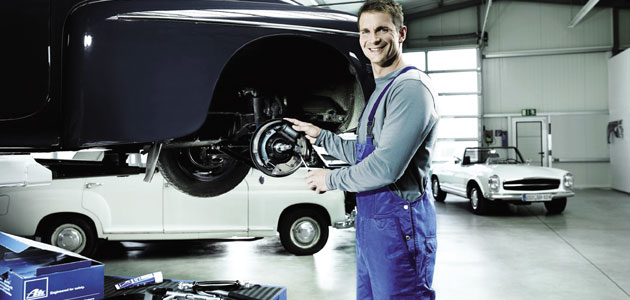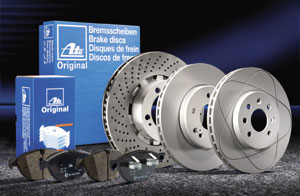
The brake systems used on current vehicle models are much more robust than in past decades.
However, drivers are increasingly bringing their cars to workshops as a result of comfort-related complaints, such as brake judder or squeal.

Why does it happen?
Brake judder is caused by lateral run-out of brake discs, worn or tight brake caliper guides and play in the wheel/axle suspension.
Some technicians believe that simply replacing the brake discs is enough to resolve the problem, but in our experience this method rarely eliminates the root cause of brake judder.
Checks for success
When conducting a professional diagnosis for brake judder we recommend that you check the following components:
 1. Wheel suspension
1. Wheel suspension
2. Axle adjustment
3. Wheel bearings
4. Rubber bushings and silent blocks
5. Steering components
6. Brake calipers
7. Lateral run-out of wheel hub and brake disc
Facts about friction
Pay special attention to real axle brakes
Since the mid-1990s electronic brake force distribution (EBD) has largely replaced mechanical brake force regulation on the rear axle. Since then, the rear axle has played a much more important role in braking the vehicle. Consequently, there is much higher wear on the rear axle brakes than previously experienced. This, therefore, needs to be taken into account during visual inspections.
Special attention should be paid not just to the wear, but also to the ease of movement of the brakes on the rear axle. This is because the rear axle brakes are more exposed to splash water and, consequently, to more aggressive substances and dirt than front axle brakes. These mechanical parts are then at greater risk of jamming.
Tight brake pads on the rear axle often provide an indication of their condition at an early stage. An example of this is a ‘squealing’ noise when cornering or braking gently.









